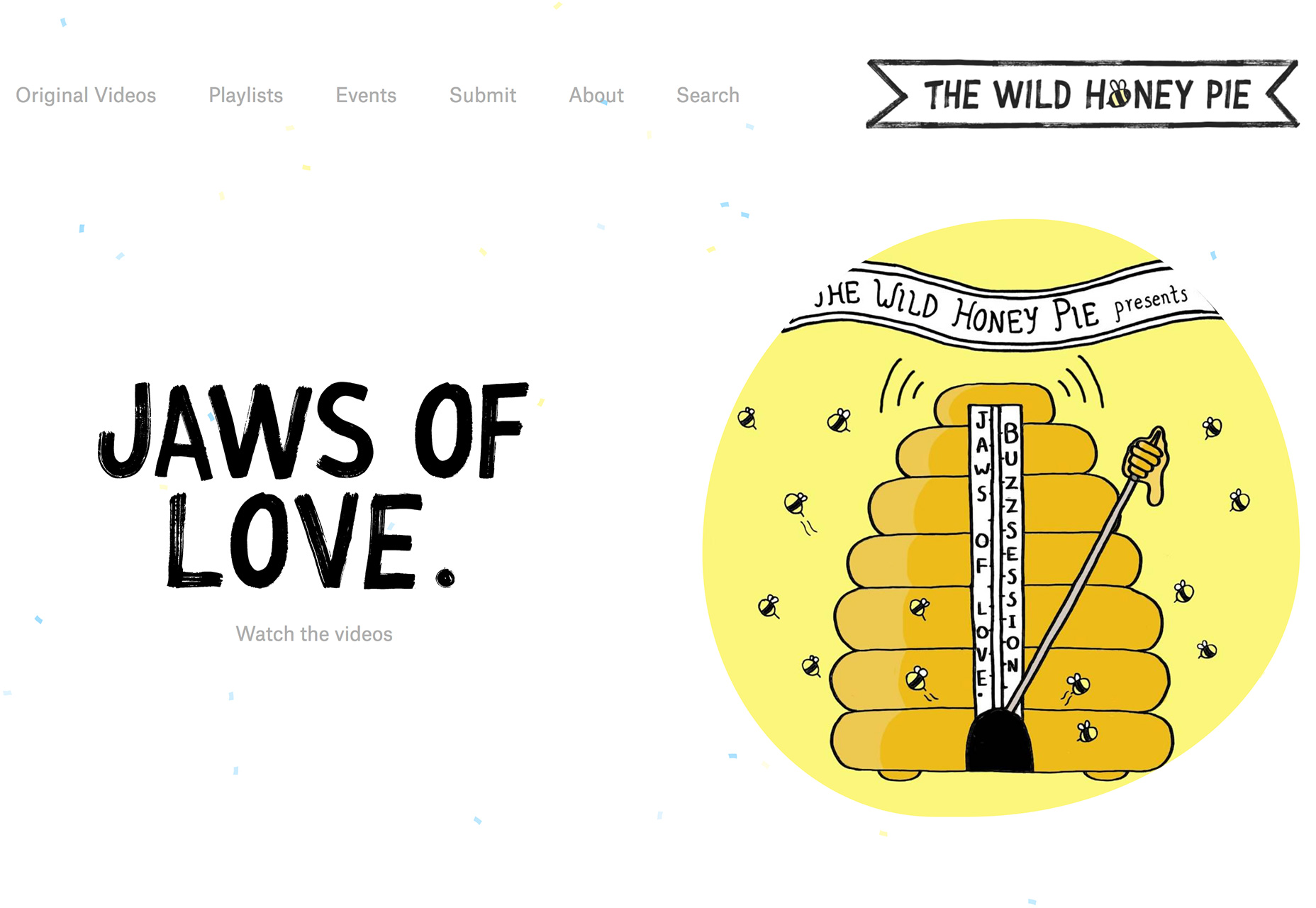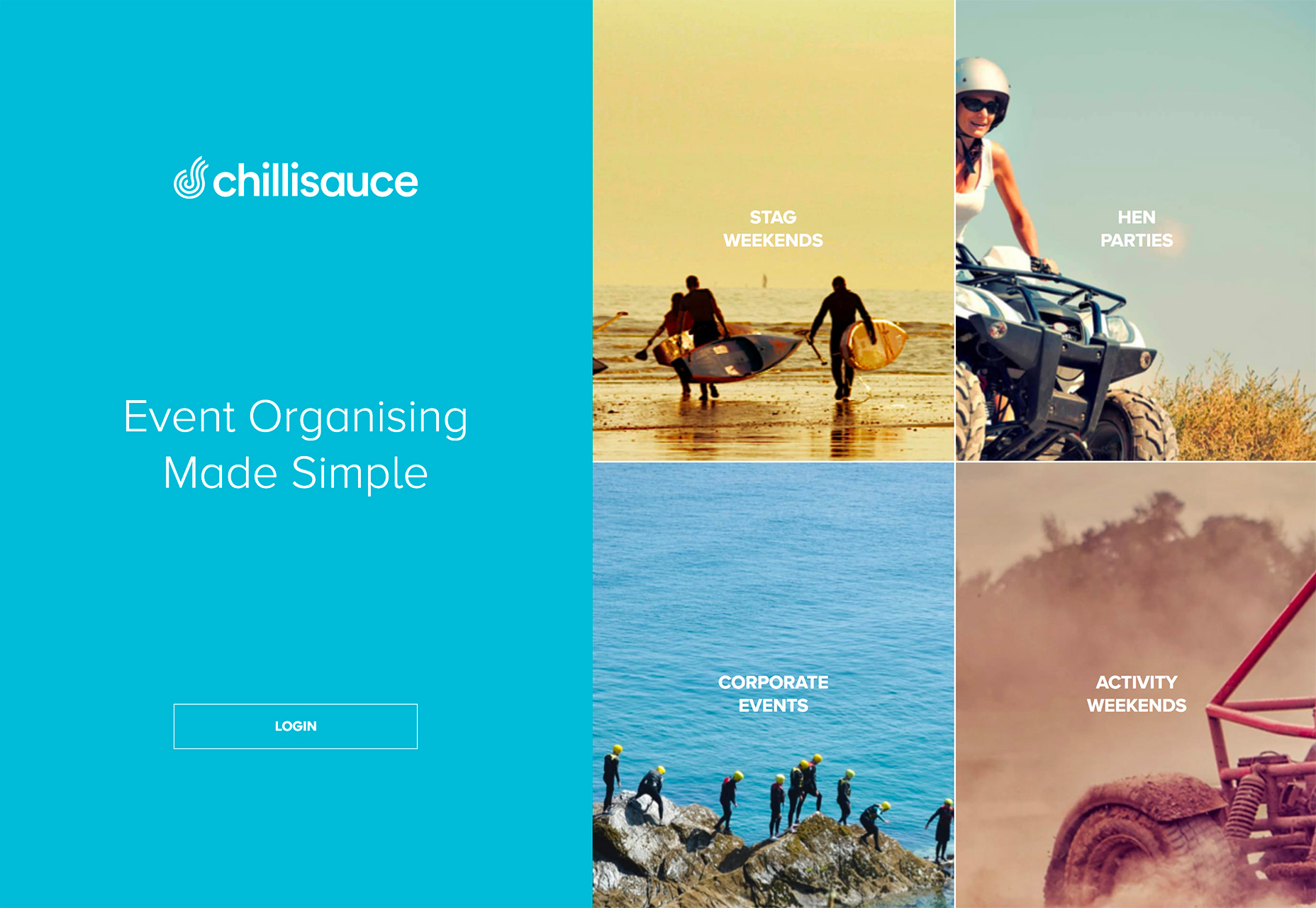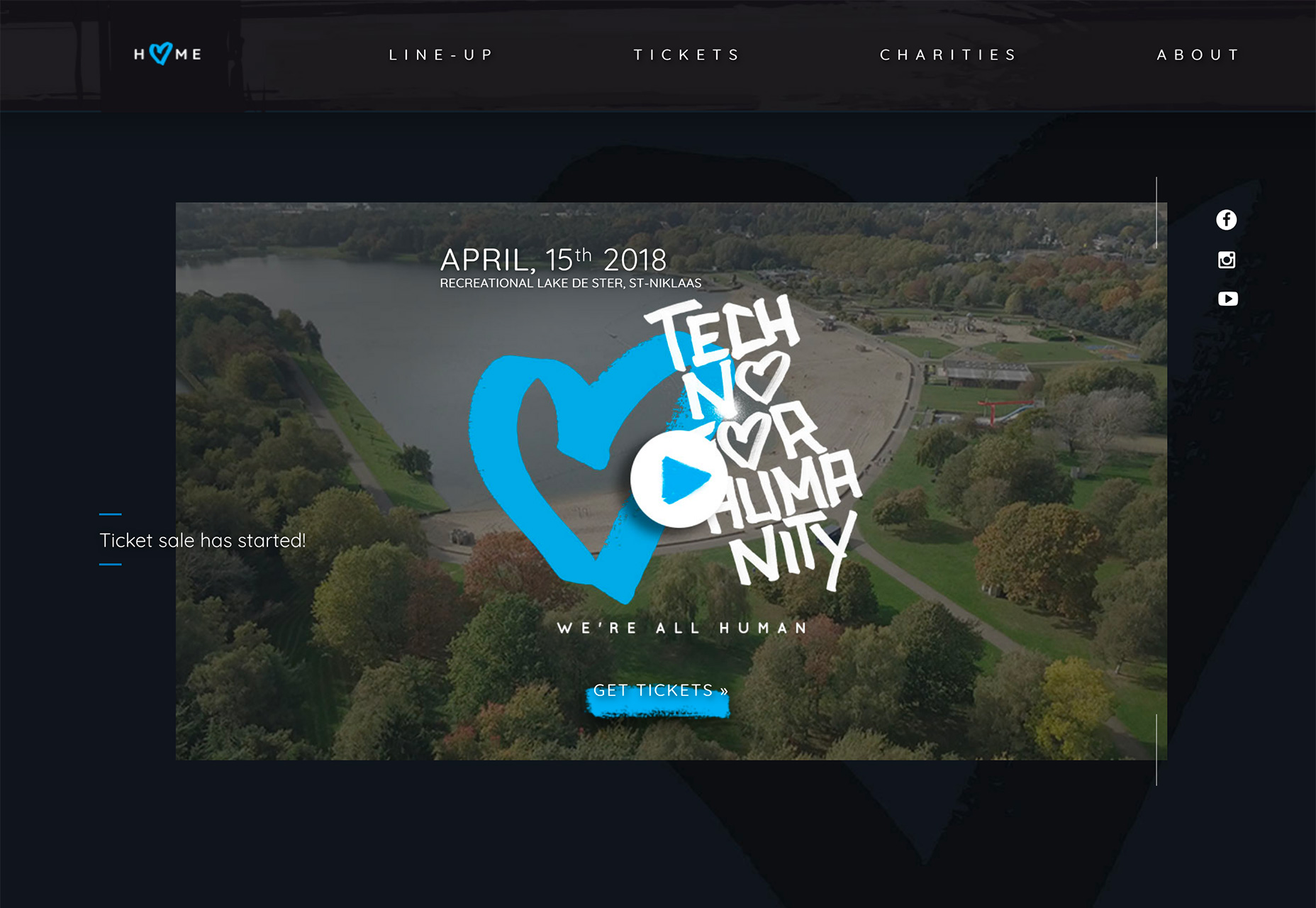Diving into website analytics can sometimes feel like wading through a sea of numbers. However, it’s crucial to keep an eye on certain key performance indicators.
Let’s focus on five indispensable web metrics—sources of traffic, search terms, visitor types, most visited pages, and pages with high exit rates—and how you can tweak your website’s design to see improvements in these areas. These metrics are readily available in tools like Google Analytics, which you should be using if not already.
1. Understanding Visitor Origins
How visitors stumble upon your site is the essence of the sources of traffic metric.
Typically, traffic is categorized into:
Referrals: Those arriving via a link from another site
Search: Those finding you through search engine queries, further split into organic and paid search traffic
Direct: Those who enter your site address directly into their browser
To thrive, websites should ideally attract traffic from all these channels, though some may rely purely on organic search traffic without the financial resources for paid searches.

Design Adjustments
Recognizing where visitors originate from allows you to craft a more engaging design for them. Catering to each traffic segment could help in reaching untapped audiences.
For referral traffic, craft shareable content such as insightful blog posts or infographics that invite backlinks from external sites.
To snatch up search traffic, adhere to best SEO practices. This includes proper use of keywords and ensuring meta-tag accuracy. While it might not be the most glamorous part of your job, it is undeniably fruitful.
Facilitate direct traffic with memorable URLs. Take the easy-to-remember webdesignerdepot.com, for instance. Simplistic, uncluttered domain names without any confusing punctuation are key.
Lastly, integrating a prominent search function can help recurrent users find what they need directly from the homepage, potentially increasing direct traffic and time spent on-site simultaneously.
2. The Keyword Conundrum
Keywords expose the heart of your site’s content.
There can be a disconnect between your perception of your site’s focus and what users think. Keyword metrics and internal searches will inform you what users search for on your site. Ideally, your view aligns with their reality.
Do the keywords resonate? Is the traffic driven by searches relevant to your site’s offerings?

Design With Precision
Contrary to popular belief, keyword stuffing is not the remedy. Instead, form a cohesive visual narrative around your topic.
Here’s a to-do list:
- Opt for a mobile-responsive design
- Ensure your text reflects natural language and is free from errors
- Make content easily shareable for enhanced social validation
- Link to relevant sources with similar content and keywords
- Continuously promote what your audience desires, rather than repeating the same keywords, to avoid sounding monotonous
3. The Visitor Dichotomy
Visitors either land on your site for the first time or they are returning for more.
Welcoming both newcomers and repeat visitors is critical. A singular flow of new visitors suggests a lack of engaging elements, while only having returnees might mean stagnant growth.

Design That Engages and Retains
To meet the needs of different visitors, use striking visuals for initial attraction while keeping the content fresh for repeat engagement.
The design should clearly communicate the site’s purpose and navigation paths. Strong branding and easy-to-locate menus are essential.
Additionally, create opportunities for interaction, such as clickable links or CTAs for events, to foster long-lasting connections.
4. Prime 10 Pages
Assessing which pages captivate your visitors the most can yield intriguing insights. Blogs can leverage this data to fine-tune future content, while e-commerce platforms might track correlation between page interest and sales.
Surprisingly, pages detailing your company’s backstory or contact information often rank high. This could hint at whether your objectives resonate with your audience’s intentions.

Design Enhancements
Highlight and link to popular pages from your homepage to streamline access to sought-after content. Use these pages as visual focal points or even feature them in your main navigation or social media shares.
5. Pages That Say Goodbye
The end of the visitor’s journey on your site is just as telling as the beginning.
An exit page is one where a visitor chooses to leave your site. It’s not to be mixed up with a bounce rate, which measures exits after viewing only one page.
High exit rates on certain pages can signal design flaws or user experience issues. Conversely, some pages, such as a completed purchase confirmation page, are naturally high-exit areas.
If an exit rate seems off, consider a page redesign.

Design That Encourages Continuance
On high-exit pages where it’s unexpected, provide alternative content or links to keep the visitor engaged. Ensuring CTAs are functional is crucial, as broken ones can inflate exit rates without cause.
If normally low-exit pages are experiencing high rates, investigate possible design issues. Remember, exits are inevitable; it’s the unexpected departures that warrant a closer look.

